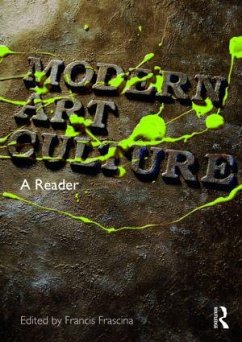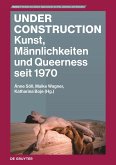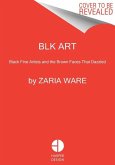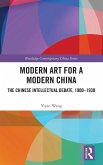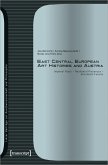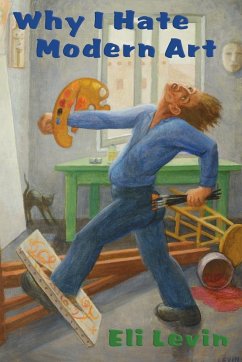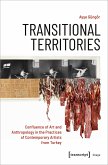Modern Art Culture: A Reader provides an essential resource for understanding the culture of modern art since the 1960s.
In recent years, media theorists and historians have asked whether works of imaginative art can have any impact in our image-saturated culture. Given the power of institutions, how do radical artists produce effective cultural interventions? In the aftermath of September 11th, 2001, many argue that pressing questions about works of art and their meanings are inseparable not only from contemporary social and political issues but also from major debates and developments in the last four decades.
To explore such questions and issues, the Reader is divided into six related parts with articles from journals, magazines and exhibition catalogues that exemplify important interventions from the 1960s onwards: Histories, Representations and Remembrance; Art and Visual/Mass/Popular Culture; Institutions; Inclusions/Exclusions; Bodies and Identities; Power and Permissibility.
Texts range from artists' engagement with the veil and veiling as metaphors for post-colonialist understandings of representation and contemporary art to early debates about, for example, 'activist art', discourses of the 'body', civil rights, ethnicity, and cultural power. Importantly these selected texts offer examples of analysis that can enable readers to examine, critically, their own selection of representations produced in a variety of contexts.
In recent years, media theorists and historians have asked whether works of imaginative art can have any impact in our image-saturated culture. Given the power of institutions, how do radical artists produce effective cultural interventions? In the aftermath of September 11th, 2001, many argue that pressing questions about works of art and their meanings are inseparable not only from contemporary social and political issues but also from major debates and developments in the last four decades.
To explore such questions and issues, the Reader is divided into six related parts with articles from journals, magazines and exhibition catalogues that exemplify important interventions from the 1960s onwards: Histories, Representations and Remembrance; Art and Visual/Mass/Popular Culture; Institutions; Inclusions/Exclusions; Bodies and Identities; Power and Permissibility.
Texts range from artists' engagement with the veil and veiling as metaphors for post-colonialist understandings of representation and contemporary art to early debates about, for example, 'activist art', discourses of the 'body', civil rights, ethnicity, and cultural power. Importantly these selected texts offer examples of analysis that can enable readers to examine, critically, their own selection of representations produced in a variety of contexts.

